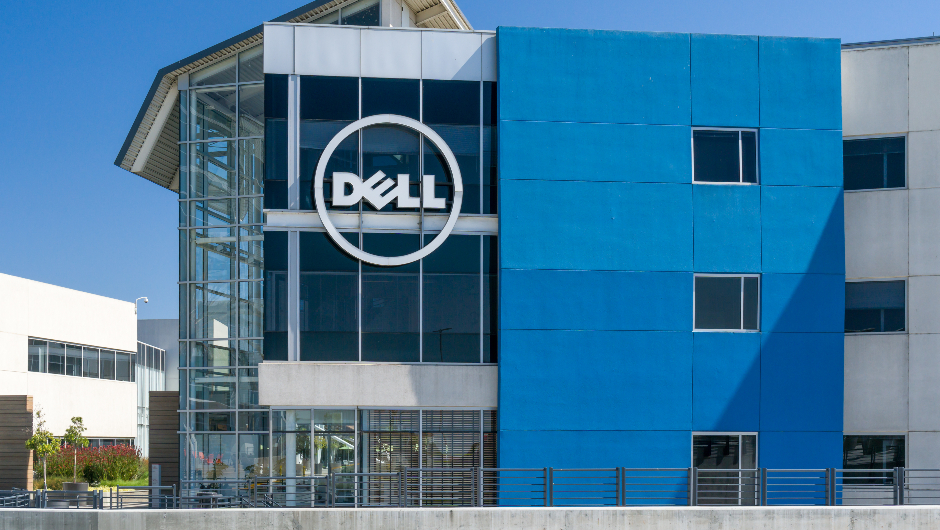Reassessing cash flow forecasting in a crisis

The pandemic exerted a variety of pressure on corporate cash forecasting processes. Some firms required a complete forecasting overhaul to cope, while others that were less affected could fine tune their operations.
The Covid-19 pandemic forced treasurers in some sectors into battle mode in order to slow the cash burn that many organisations experienced. However, the maturity of cash forecasting practices varied wildly from company to company heading into the crisis, resulting in different reactions to the challenge.
Rolling out a new process
In Q2 2020, online travel giant Booking Holdings’ total revenue was just US$630 million, down 83.6% year-on-year from US$3.85 billion from Q2 2019. In such abnormal circumstances, treasury had to react quickly.

“We started rolling out cash forecasting when the pandemic sent us into battle mode” explains Douglas Tropp, Corporate Treasurer at Booking Holdings. “It might sound remedial, but it’s not something we’d had to deal with on such a granular basis. We’re a somewhat decentralised company, so this involved rolling out cash forecasting across all of our various brands, 13 weeks running, on a direct basis, going line by line on the balance sheet. We really got a handle for what was going on, particularly gaining visibility into the previously elusive cash burn that was happening”.
Fortunately for Booking Holdings, it has no big fixed cost component in its cost structure. The firm leases all of its space, rather than owning the buildings, for example.
“Our biggest expense, other than people, is marketing and most of that is by clicks” Tropp says. “When people aren’t travelling, we’re not spending that much on marketing, so the cost structure of the business did ramp down pretty quickly with revenue”.
Revamping an existing process
Global online travel company Expedia Group also experienced a revenue slump in Q2 2020. This stood at US$566 million, down 82.0% from US$3.153 billion for the same quarter the previous year. While the company did have cash forecasting in place, they had to revamp it as a result of the crisis.

“We very quickly stood up a team to revamp our cash forecast process, part of our business that’s always been very critical” says Michael Scott, Treasury Director at Expedia Group. “We wanted to take a much more detailed view of how we manage cash. This process really helped inform us when going to the capital markets in May to do a debt raise”.
While the existing cash forecasting model that Expedia ran worked very effectively with the standard travel seasonality, treasury suddenly needed to now look at multiple drivers, including radically changed traveller behaviour.
“One of the things we identified was a compression in the traveller booking window” Scott explains. “Whereas in the past, it might be more normal to see travellers booking 45 days out ahead of a stay, now the bookings that we did see were much more last minute, perhaps within a week or so. That has a very different cash flow impact for our business. That was one example where we needed to get in much more detail and have a driver-based forecast looking at those scenarios. We also get a much more granular view of AP and our receipts collections”.
Expanding scenario planning and analysis has been key to many corporates during these uncertain months since the pandemic first started impacting businesses.
“We needed to test liquidity across a range of different outcomes and see how that would play out” Scott says. “This was particularly helpful in informing our decision-making around the capital raise we did in May, for example. That process is now embedded into a bi-weekly cadence where we are able to run our modelling, look at different scenarios and outcomes, and really have a good sense for what our liquidity profile is, and have confidence that we’re well positioned”.
A lesser impact allows for fine tuning
In contrast to the losses seen by those examples from the travel sector, other industries actually prospered from the pandemic. For example, US-headquartered Dell Technologies saw its operating income jump 119% year-on-year in Q2 2020, to US$1.1 billion, as orders increased in sectors such as government (+16%) and education (+24%) as the world adapted to remote working and teaching.

“The only real change caused by the pandemic was closer monitoring of forecasting data and the partnership with internal stakeholders that provide the cash forecast information” explains Silver Zuskin, EMEA Treasurer at Dell.
To try to enhance forecast accuracy, the firm is investigating how robotic process automation (RPA) could help it get closer to these stakeholders.
“We are in the early stages with RPAs” Zuskin notes. “With cash forecasting, we try to apply actual numbers against the forecast, closing the loop with the people who provide forecasts, in order to improve further the accuracy of forecasts, and then automating it. We measure and drive our forecasting accuracy, and like it to be around 95% accurate”.
Similarly to Dell, Covid-19 only raised minor issues at payments processor Stripe.
“In the pandemic, we only doubled down on accuracy and scope where we had beta markets, or more volatile currencies” says Chris Van Woert, Stripe’s Treasurer.
The company has been on a journey to enhance the accuracy of its forecasting in recent years, by adding a data scientist to the team.

“Three or four years ago, we had error bars of 10+% on a given day of where we thought cash would be, versus where cash came in at a specific currency and bank account level” Van Woert says. “Working with data science to build more appropriate models, to understand and regress against our customer behaviours, against seasonality, our error bars are now plus or minus 1-2% on a given day, maybe even less than that”.
Stripe’s error bars look at daily estimated versus actual cash flows at a currency and bank account level each day, and the company needs to be as close to real-time as possible as it works to accelerate money flow to its users. Incorporating data science has been helpful, proving that it does not matter how mature or sophisticated a cash flow forecast is, there is always room to further improve the accuracy.